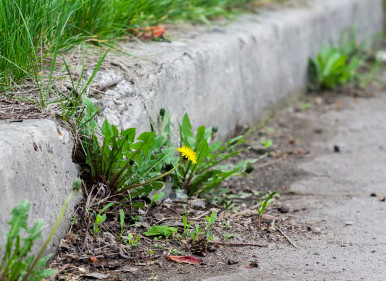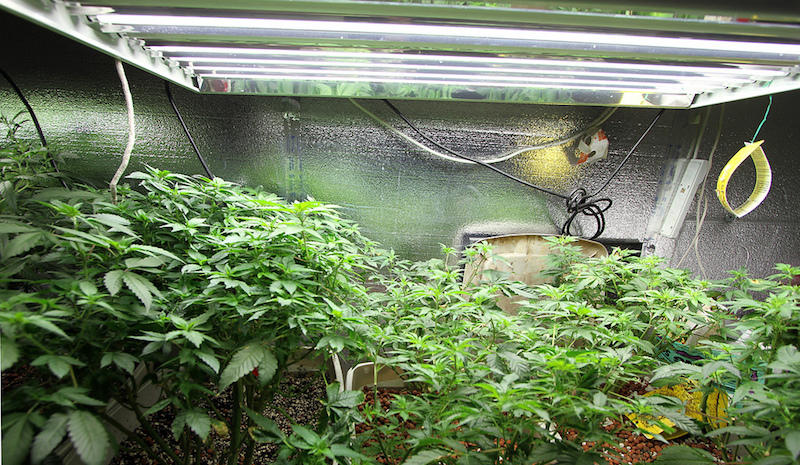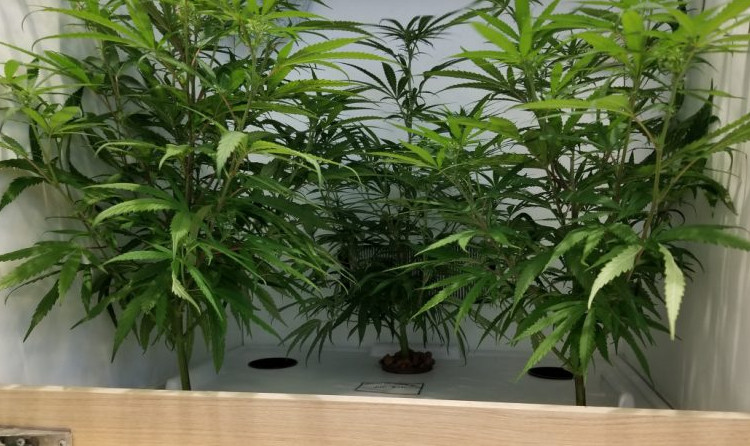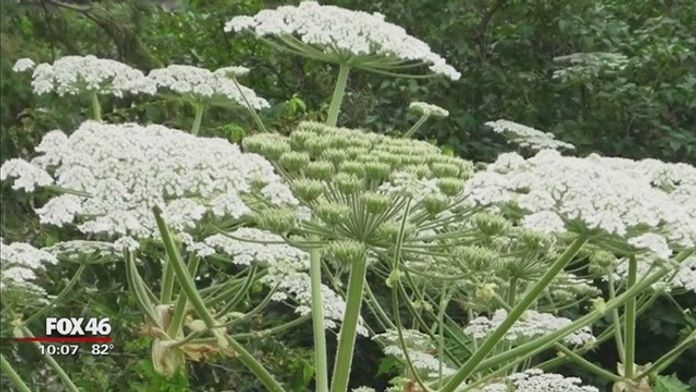KIMBERLY — Trays and pots inside Don Morishita’s greenhouse show a healthy growth of young seedlings. But rather than cultivating colorful flowers or green vegetables, Morishita’s collection contains nothing but weeds.
The University of Idaho professor of weed science, extension specialist and superintendent is helping an app developer collect photos of each seedling at various stages of growth. Eventually, users will be able to identify weeds from an early stage through the app’s photo identification.

Credit kpvi.com
This could be extremely useful for early detection and treatment of Idaho’s noxious — and ob-noxious — weeds, something which Twin Falls County Weed Superintendent Kali Sherrill highly recommends.
“Now is the time to start paying attention,” she said.
As temperatures rise over the next several weeks, many weeds can develop root systems several inches deep and become a big problem for property owners. And oftentimes, it’s going to be a constant battle to get rid of them.
The good news for homeowners: if you need help with early identification, Sherill’s office can help. Already, she’s been making visits around the county to areas where noxious weeds have been a problem. Twin Falls County residents can bring samples to her office at 1234 Highland Ave. or call 208-734-9000.
The University of Idaho research center in Kimberly can also help. Morishita can be reached at 208-423-6616.
Identifying fully grown weeds is even easier to do on your own. Morishita recommends a free app called Plant Net, which compares pictures to a database, similar to the app being developed for younger plants.
Morishita has spent the past 32 years working with weeds, studying their biology and ecology to develop better ways to control them.
And in some cases, that means helping them to grow. On Tuesday, he pointed out a tray with rows of hairy nightshade, a poisonous weed that’s a problem for bean growers in the area. The berries the weed produces stain the beans, ruining them for consumption.
“Once it starts to emerge around the first of May, it keeps coming up,” Morishita said.
He’s testing the use of gibberellic acid on the nightshade to see if it can regulate the growth of the weed to make them come up at the same time. If tests show positive results, farmers could try using the growth regulator so they can treat all their weeds at once.
Generally, annuals can be killed easily with a hoe or a shovel, Morishita said. Perennial weeds, on the other hand, will probably need to be treated with herbicides or bio-control (such as insects.)
These last two methods can be trickier. Bio-control is best done in areas where insects can thrive — away from people and animals, Sherrill said. And advice on what kinds of chemical products to use will vary based on where the plants are.
“Products are very specific as to where they can or cannot be used,” she said.
Sherrill can do an on-site inspection of your property to recommend a treatment method.
There are dozens of weeds on the state’s noxious weed list, and the county and cities also have their own rules for homeowners. Here are just a few of the common weeds in Twin Falls County, and what experts generally recommend for getting rid of them:
Thistles
Thistles thrived last summer after a wet winter regenerated their seeds, Sherrill said. Musk thistle is one noxious weed variety that has a two-year lifecycle. It can be killed off without difficulty before it reaches several feet tall.
“You could go in and hoe it, and it’ll kill the plant,” Morishita said.

Credit: kpvi.com
Scotch thistles, however, are worse. They were initially introduced in Idaho as ornamentals to create a boundary for people’s yards, he said. Although they are also biennials, he recommends using a shovel to cut them out or tackle them with chemicals.
The shorter Canada thistle is also tricky because its roots can regenerate and extend 12 inches into the soil. Morishita recommends spraying in late summer or early fall when dropping temperatures cause the plants to store energy in their roots – taking the herbicides in with the carbohydrates.
For now, he recommends tilling or spraying the Canada thistles this spring to set them back. Repeat this several times throughout the summer.
Field bindweed
This perennial weed is in the same family as morning glory flowers, and it should be controlled as early as possible, Morishita said.
“Once it becomes established, it puts out a creeping root system,” he said.
The roots can go even deeper than the Canada thistle, and the plant’s seed can survive in the soil for 50 years. You should use an herbicide in the late summer or fall, but in the meantime, you’ll need to continually dig at it to set it back.
Beware of letting this weed go even one year without treatment, Morishita said. Plan on fighting a four- to five-year war with the plant to keep it from re-establishing.
Houndstongue
This one starts coming up early in the season. Despite its velvety leaves, this weed will eventually turn into a brown burr.
“It’s most common in undisturbed areas,” Morishita said, so be careful not to bring it home from a hiking trip.
Because it’s a biennial, it can be dug up and killed with a shovel.
Other weed identification and destruction resources can be found at your county weed superintendent’s office or in the Western Society of Weed Science book, “Weeds of the West.”
Credit: kpvi.com













